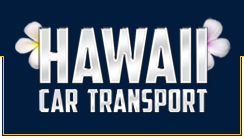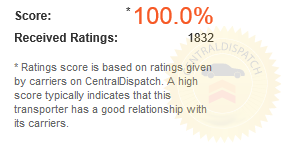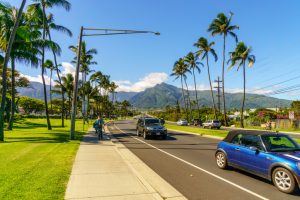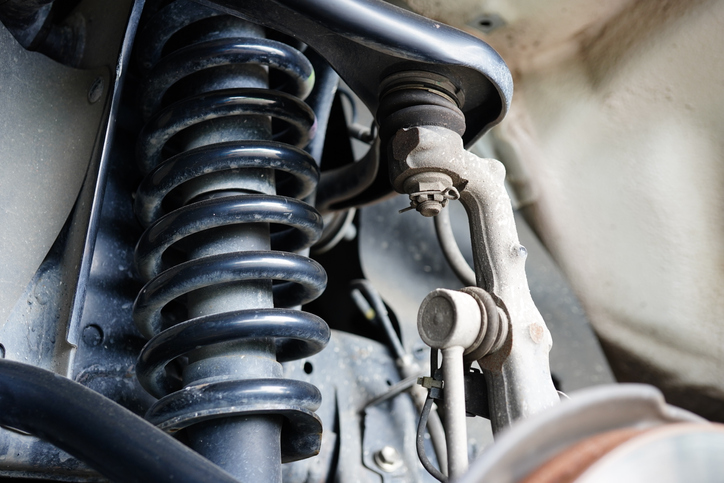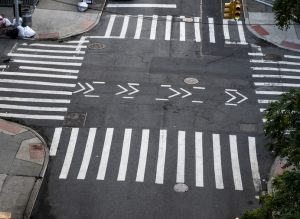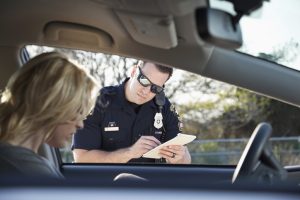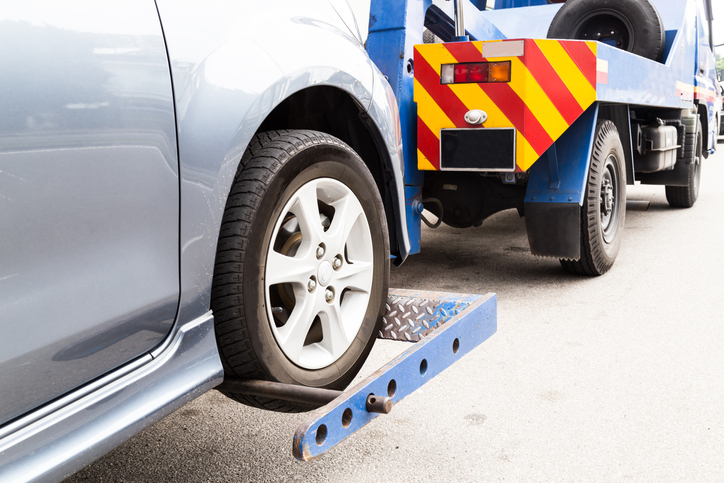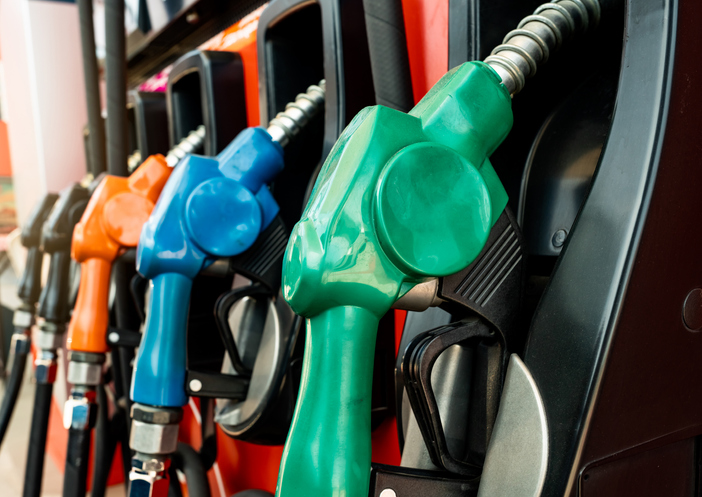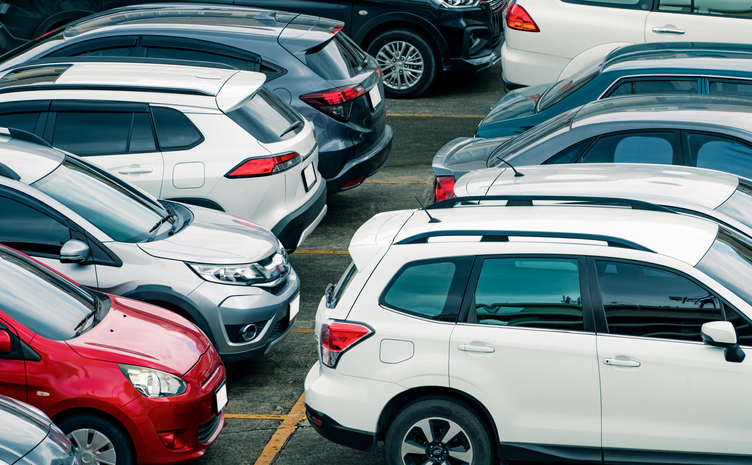Jump to section:
What affects the cost of Hawaiian car shipping?
The cost of shipping your car to Hawaii
The cost of shipping your car from Hawaii
Be sure you still get a free quote
Steps to save on your Hawaiian car shipment
Tips for shipping your car to and from Hawaii
Conclusion
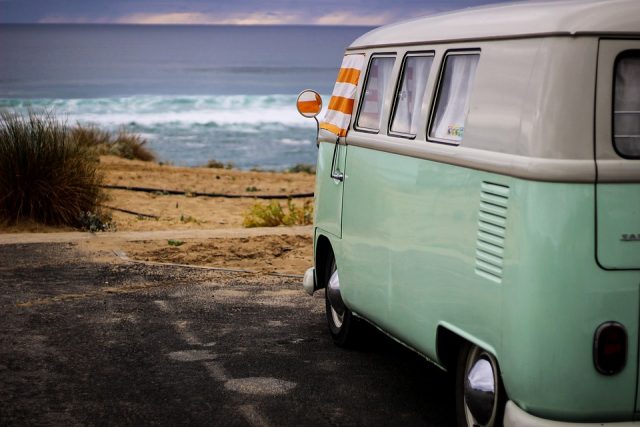
Whether or not you have shipped your car to or from Hawaii in the past, you might be interested in doing so sometime in the near future. So, the number one question regarding Hawaiian auto transport always is “What will it cost to ship my car to Hawaii?”
The short answer is: It depends on several variables which all change pretty frequently. It also depends on your specific needs and vehicle specifications as well.
We have provided some general prices from major cities below. However, we did use a specific car and shipping date. Odds are we didn’t choose the exact shipping details that you would.
So, if you really want to know the most accurate possible price estimate, get a free quote today.
What affects the cost of Hawaiian car shipping?
The cost of shipping your car to or from Hawaii is affected by several different factors. These variables change in scope frequently throughout the year which is why prices fluctuate as they do. For example, shipping one month might cost a hundred dollars more than shipping during the previous month even if you are shipping the same exact vehicle the same exact distance as you were the month before. That is because things like seasonality, fuel prices, and carrier availability will directly impact price.
These are the primary factors that affect the cost of car shipping to Hawaii:
- Season – The time of year that you ship your vehicle will directly affect price. If you ship during a busy season, your price will be higher such as during the summer. If you ship during a season like winter when there is more inclement weather then your shipment will likely cost less but will take longer to ship.
- Distance – Exactly how far you are shipping your car will help dictate your final cost as well. Simply put, the further you are shipping your car, the more it will cost.
- Fuel Prices – The price of gas will play a role in the cost of transporting your car. If gas prices are higher as they tend to be during the summer or during some sort of large fluctuation in the world oil market, then your cost to ship will likely be a little bit higher as a result.
- Shipping time – This is different from season. What we mean here is how soon after you book your shipment you need your car picked up for shipping. It is obviously a lot more difficult for car shipping companies to find a carrier last minute than it is to schedule a shipment a month or more in advance. In order to get a carrier to take a shipment booked with little notice, they require a higher payment. If you book your shipment as far in advanced as possible, it will help you save on the cost of shipping.
- Shipping method – If you ship a car from Hawaii with any extra options such as top-load or enclosed carrier, your cost will be higher depending on which options you chose.
- Type of car – The make and model of your car also play a part in your final cost. Larger cars weigh more and require more work to load and unload. They also cause the car carrier truck to burn fuel more rapidly in transit because of their additional weight. The bigger the vehicle the higher the cost.
- What port you are shipping to or from in Hawaii – There are several ports where you can ship your car to or from in Hawaii. They are:
- Honolulu
- Hilo
- Kahului
- Nawiliwili
Be sure you choose the right port in Hawaii to ship to if you are shipping your car there. There are almost no interisland ferries left in Hawaii. So, if you ship it to an island where you won’t be spending the majority of your time, you will likely need to get your car shipped, again, to the right island. You can read more about picking your car up at the port in Hawaii here.
The cost of shipping your car to Hawaii
Shipping your car to Hawaii will depend on the factors mentioned above but it will also depend on if you ship door-to-port or just port-to-port. Most people tend to opt to pay a bit more for the convince of door-to-port shipping. If you choose port-to-port, it will cost less because you are foregoing the entire ground transport. However, you will need to drive your car to the port yourself and that can be costly itself.
Methodology: These prices were generated using the Hawaii Car Transport Instant Quote Calculator in March 2024, scheduling four weeks ahead (for shipment in April 2024), with no upgraded shipping options, with the destination being the port at Honolulu and a 2018 Toyota Corolla as the vehicle shipping for each quote.
**Please keep in mind that these prices are always subject to change based on the many variables that were mentioned above.**
The cost of shipping a vehicle to Hawaii:
- From New York – $2,775
- From Los Angeles – $1,565
- From Denver – $2,255
- From Boston – $2,885
- From Chicago – $2,625
- From Dallas – $2,385
- From Miami – $2,655
The cost of shipping your car from Hawaii
Just as with shipping your car to Hawaii, the cost of shipping your car from Hawaii will be affected by the combination of factors mentioned earlier along with whether or not you choose to pick up your car at the port or have it delivered to your door.
Methodology: These prices were generated using the Hawaii Car Transport Instant Quote Calculator in March 2024, scheduling four weeks ahead (for shipment in April 2024), with no upgraded shipping options, with the origin drop-off location being the port at Honolulu and a 2018 Toyota Corolla as the vehicle shipping for each quote.
**Please remember that these prices could change without notice based on all of the variables that were mentioned in this post.**
The cost of shipping a vehicle from Hawaii:
- To New York – $2,635
- To Los Angeles – $1,115
- To Denver – $2,215
- To Boston – $2,695
- To Chicago – $2,425
- To Dallas – $2,295
- To Miami – $2,595
Be sure you still get a free quote
These prices are for a specific time and car. At best, they give you a very general idea of the overall cost of shipping a car to Hawaii. This is why auto transport companies will give you a free online quote. This way, all of your specific vehicle and shipment details will be factored into your quote price.
For example, if you are shipping a 2011 Dodge Durango from Raleigh, North Carolina, on an enclosed carrier an estimate for a 2024 Toyota Corolla shipping from Miami, Florida with no extras likely wouldn’t end up with too similar of a price. Thus, getting a free quote is the best way to get the most accurate price estimate for shipping to or from Hawaii.
Getting quotes from each vehicle shipping company is also a great way to quickly and easily comparison shop as well. Each company will likely have a similar yet slightly different price as well as delivery date. This way you can figure out which price and delivery date combination works best for you and choose that company.
How long will shipping my car to Hawaii take?
Shipping your car to Hawaii will take several weeks. Consider, that if you were shipping your car across the country from New York to Los Angeles, it would likely take a little less than two weeks. Then imagine, adding the time it takes to ship to Hawaii on top of that. Then, it would be easy to see why many vehicle shipments to Hawaii end up taking between two and three weeks depending on where you are shipping from.
We want you to be prepared to be without your car for the right amount of time. This way you can plan ahead and make whatever additional arrangements you need to.
Methodology: These transit times were generated using the Hawaii Car Transport Instant Quote Calculator in March 2024, scheduling four weeks ahead (for shipment in April 2024), with no upgraded shipping options, with the destination being the port at Honolulu and a 2018 Toyota Corolla as the vehicle shipping for each quote.
How long it takes to ship a car to Hawaii:
- From New York – 3-4 weeks
- From Los Angeles – 2 weeks
- From Denver – 3 weeks
- From Boston – 3-4 weeks
- From Chicago – 3 weeks
- From Dallas – 3 weeks
- From Miami – 3-4 weeks
Methodology: These transit times were generated using the Hawaii Car Transport Instant Quote Calculator in March 2024, scheduling four weeks ahead (for shipment in April 2024), with no upgraded shipping options, with the origin drop-off location being the port at Honolulu and a 2018 Toyota Corolla as the vehicle shipping for each quote.
How long it takes to ship a car from Hawaii:
- To New York – 2-3 weeks
- To Los Angeles – (delivered to LA port only) 10 days
- To Denver – 2 weeks
- To Boston – 3 weeks
- To Chicago – 2 weeks
- To Dallas – 2 weeks
- To Miami – 2-3 weeks
Steps to save on your Hawaiian car shipment
Here are some suggestions to help you minimize the cost of your Hawaiian car shipment. Remember, these are not money saving guarantees but suggestions that could help you save some money in the end.
- Ship your car during the less busy seasons – It is normally less expensive to ship your car in the fall and winter. However, the transit time could be increased due to inclement weather delays during the winter. Your best bet might be to ship during the fall.
- Schedule your pick-up at least a month in advanced – If you schedule your auto shipment as far in advanced as possible, you will maximize the chances that you can get a slightly lower price. Carriers tend to charge a bit more when they are given little notice about a shipment.
- Ship with standard open-air transport – Ship your car using a standard open-air carrier without choosing top-load or expedited shipping. Any upgrade options that you choose will cost additional fees.
- Don’t bother shipping anything in your car – Some car carriers out there will allow you to ship some personal items in your car for an additional fee. You should just forget this option for now. Plus, if any of those items gets lost or damaged, your car shipping coverage will not cover their cost as previously mentioned.
Tips for shipping your car to and from Hawaii
When you are shipping your car to or from Hawaii for the first time, you should be aware of a few things before you book your shipment so that the experience of transporting your vehicle can go as smoothly as possible.
Here are a few tips for shipping your car to or from Hawaii:
- Have your fuel tank a quarter filled – It is against fire regulations for a ship to transport vehicles with more than a quarter tank of gas. Your car will not be able to be shipped to Hawaii if your car has more than a quarter tank. However, you do need that much gas in order for the carrier to be able to drive the car onto and off of the ship as well as onto and off of the truck if you chose residential pick-up.
- Don’t leave any personal items in the car – Any coverage associated with your shipment will never cover any personal items lost or damaged during shipping. So, be sure that you take any personal items such as jewelry, CDs, glasses etc out of your car before you ship it to or from Hawaii.
- Get your car cleaned – Before your car is picked up or as soon as you drop it off at the port, your car will be inspected for any pre-existing damage. Make sure that the car is clean so that this process does not end up taking a ridiculous amount of time.
- Make sure the car works correctly – What this means is that if there is anything that isn’t in working order, get it fixed before your shipment. If it is something such as a car alarm that is overly sensitive, disconnect it or give the driver that picks up your car specific instructions on how to disable it.
Conclusion
As you can see, it is hard to accurately predict what pricing might be for shipping a car to Hawaii in general. It is much easier to visit a particular auto transport company’s website and get a free quote. When you do that, all of your specific shipment details are factored into the price estimation. However, keep in mind that even quotes can be off by a few dollars themselves.
The best way to save on your shipment is to plan as far in advanced as possible. This will likely also help decrease the total amount of transit time during your shipment slightly.
Get quotes from each company that you might be considering using. Use them to compare both price and transit time. Then make the best choice for your individual auto transport needs.

